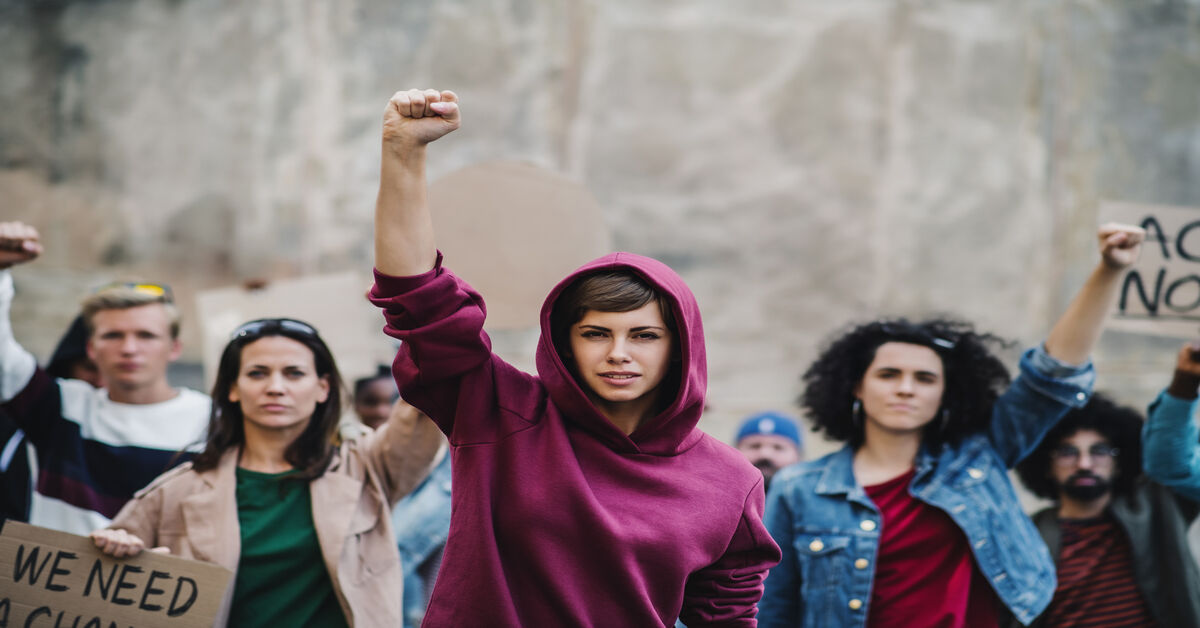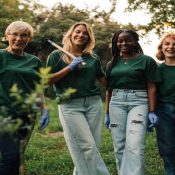
Unraveling Women’s Social Movements: Who Were the Trailblazers?
The social movements by women have transformed political, economic and cultural life in the world. Since the Seneca Falls Convention in 1848 and the current digital activism, with every generation of activism, the concept of gender equality was developed as a right and need. The study of the milestones, such as suffrage winning, the 19 th century labor reform, the 20 th century litigation and coalition building, and the 21 st century networked and transnational mobilization, allows us to learn how the strategies can and will change according to the context: petitions and parades in the 19 th, coalition building and litigation in the 20 th, and networked and transnational mobilization in the 21 st century.
Inclusive Narratives
The experiences of white and property-owning women were at the heart of early movements. In the course of time, such leaders as Sojourner Truth, Ida B.Well and Wilhelmina Drucker emphasized that women are subjected to realities of race and class and nationality. The Combahee River Collective demonstrated the intersectionality of racism, sexism, and homophobia and formed the foundation of intersectional feminism. The global south movements, including the Chipko environmental movements in India and the Ni Una Menos of Latin America broadened the movement to cover land rights, environmental justice, and an end to gender-based violence.
Education into Engagement
Civic education is a toxin: suffrage schools taught how to organize; labor unions gave women lessons on how to negotiate; literacy and leadership were cultivated at community centers. In the current context, barriers to entry have been reduced by open courses, webinars, and networks of mentors; digital literacy assists activists in fact-checking, mapping power, and securing their privacy. One of the mediators between historic knowledge and action is learning.
From Story to Action: Turning Insight into Impact
Leadership as a Practice
Women in women movements are less likely to have titles as leaders but rather one who practices and practices these practices throughout her lifetime: listening to communities, credit sharing, and alliance. Such figures as Susan B. Anthony and Emmeline Pankhurst led mass movements; Wangari Maathai linked environmental reconstruction with the lives of women; Malala Yousafzai and Tarana Burke raised the voice of education and anti-rape activism. The unity of them: the unstopping orientation on the definite goals and flexible strategies.
Historic Sites as Classrooms
Living classrooms are movement spaces, such as meeting halls, picket lines, courtrooms. The Woman Suffrage Procession of 1913, held in Washington, D.C., displayed the ability to demonstrate in a disciplined manner, Greenham Common Peace Camp with its ability to sustain presence and the Women March in South Africa, which was held in 1956, showed the strength of mass and peaceful demonstrations. The archives, museums and memorials can help inform contemporary approaches to managing coalitions, discipline of the message and how the activists should be taken care of.
Building Sustainable Movements
Sustainability is premised on diversified funding, safety measures, and the intergenerational leadership. Formal organizations offer permanence whereas decentralized networks facilitate speed in mobilization. Trust is maintained through effective governance, values and open decision making. Combining mental health practices and rest will allow preventing burnout, and the long arc of advocacy will be maintained.
Practical Steps Today
- Map allies, Map opponents, Map power brokers.
- Establish SMART objectives based on quantifiable policy or cultural changes.
- Combine pairs online with local, relational organizing.
- Adopt common language and use friendly formats.
- Win and repeat according to the data and feedback.
FAQs
How did suffrage victories unfold across countries?
They came in waves. N.Z. enfranchised women in 1893, the U.S. adopted the 19th Amendment in 1920, most countries in Latin America and Africa won the right to vote in the middle of the century, and changes are still being made where obstacles still exist. Every victory was preceded by years of organizing, legal struggles and coalition building.
What distinguishes today’s movements from earlier waves?
Online platforms speed up communication, give rise to solidarity around the globe, and expose voices of otherness. However, fundamental techniques, such as storytelling, coalition building, policy advocacy, are kept at the center.
How can individuals support without joining an organization?
Education, informing, thus donating money to reliable organizations, participating in local hearings, mentoring younger activists, and voting at all levels of elections is part of it.




